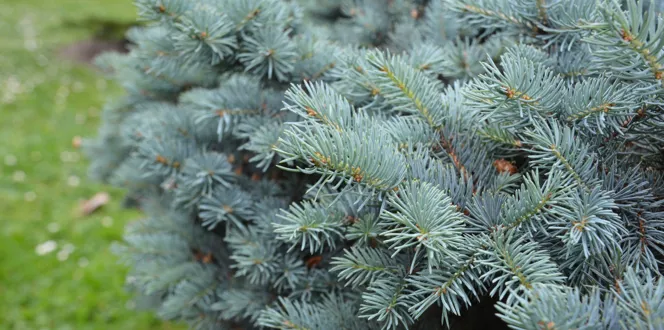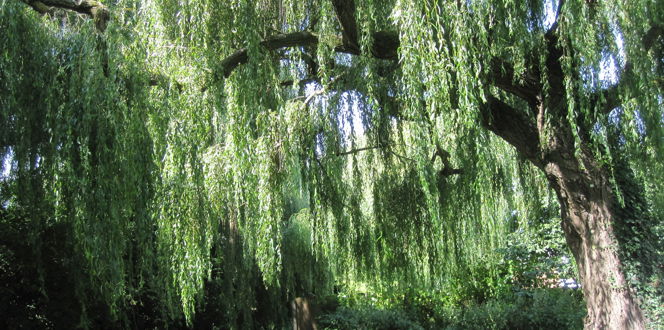Trees work so hard for us year-round, bringing aesthetics and a host of benefits to our yards. So it’s understandable that they need a relaxing winter season to keep delivering these perks.
The dormant season is a restful time for trees to conserve energy and prepare for spring. Trees are just slowing down during this time. But with bare branches and limited activity, a dormant tree can look eerily like a dead tree.
Luckily, there a few easy checks you can do to make sure your tree is still in good health. Read on to learn how to tell the difference between dead and dormant branches.
3-Step Check: Is Your Tree Dormant Or Dead?
1. Look For Budding Life
- Trees in dormancy: Get close to your tree and search for small leaf buds. Yes, even in winter, your tree should still have buds! Branches full of live buds are alive and ready to bloom in spring.
- Trees in trouble: A lack of buds, or buds that are dry and shriveled, indicate a dead branch. Check a few branches to determine the fate of the tree as a whole.
2. Inspect The Trunk
- Trees in dormancy: Some tree species will naturally shed bark as they grow (maples, shagbark hickories, etc). This shed bark should be replaced with fresh new bark underneath, not bare wood.
- Trees in trouble: If your tree trunk shed layers and didn’t replace them, this could be a sign of tree decline. Then, look for cracks in the trunk, which is another symptom arborists look for on a declining tree. If you see this warning sign, ask your arborist for options on what to do.
3. Perform The Scratch Test
- Trees in dormancy: Use your fingertip or a pocketknife to lightly scratch a small spot on one of the tree’s twigs. The layer immediately under the bark should be moist and green.
- Trees in trouble: You’ve got a problem if you see a brittle, brown layer when you scratch the twig. Repeat this test on a few more twigs. While you’re at it, try gently bending tree twigs. If they break, they’re dead.







